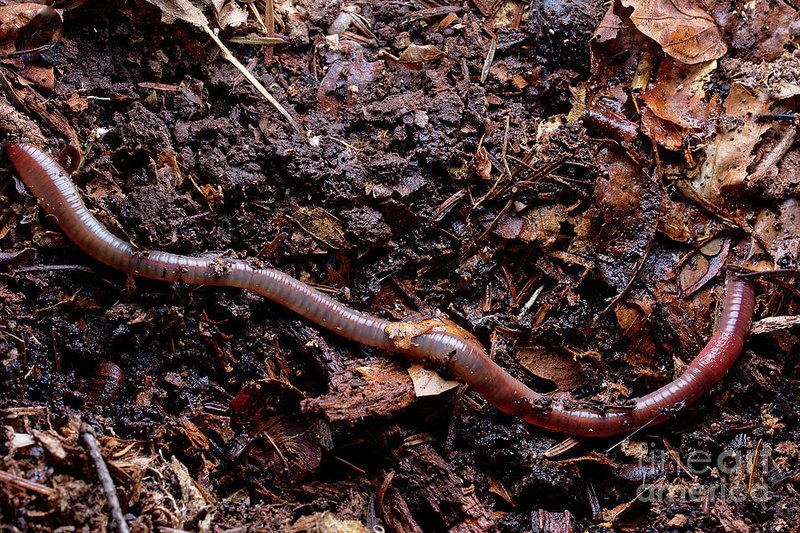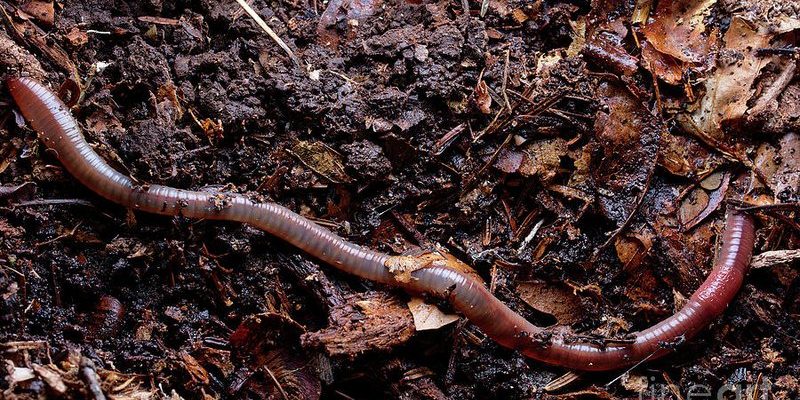
In wetland regions, which include marshes, swamps, and bogs, earthworms have adapted to unique conditions. This adaptability is crucial for maintaining the balance of these environments. You might wonder, what makes these worms so special in these watery habitats? Well, let’s dive into the world of earthworms in wetlands and riparian zones, exploring their roles, benefits, and why they matter to our environment.
The Role of Earthworms in Ecosystems
Earthworms might be small, but they play a big role in the ecosystem, especially in wetlands and riparian zones. One key function they serve is **soil aeration**. When they burrow through the ground, they create channels that allow air and water to penetrate deeper into the soil. This is crucial because it helps plant roots access nutrients and moisture, making the soil more productive.
Additionally, earthworms are like little recyclers. They consume dead and decaying organic matter, breaking it down into smaller pieces. This process, known as *decomposition*, not only cleans up the environment but also enriches the soil with nutrients. You could say they’re nature’s cleanup crew, ensuring that nutrients are recycled back into the ecosystem, available for new plants to grow.
Moreover, their activity can enhance **biodiversity**. When earthworms break down organic material, they create a healthier soil environment. This, in turn, attracts a variety of microorganisms and other soil-dwelling critters. The more diverse the soil life, the healthier the ecosystem as a whole. So, you can see, earthworms are at the heart of a thriving wetland community!
Earthworms and Wetland Health
Wetlands are incredibly rich ecosystems, and earthworms are vital to their health. A significant benefit they provide is improving **water retention** in the soil. Earthworms help create spaces in the soil that hold water, which is essential in wetland environments. This means they help control flooding and maintain water quality, keeping the ecosystem stable.
Furthermore, they contribute to **nutrient cycling**. In wetlands, there’s often a lot of organic material from fallen leaves and dead plants. Earthworms break down this matter, which releases nutrients back into the soil, making them available for other plants. It’s like they’re nature’s little fertilizer factories, ensuring that the plants have what they need to thrive.
Interestingly, the presence of earthworms can serve as an **indicator of wetland health**. When scientists study wetlands, they often look at the earthworm population to assess the ecosystem’s overall condition. A diverse and abundant earthworm population usually signals a healthy, functioning wetland.
Riparian Zones: The Transition Areas
Riparian zones are the areas right next to rivers, streams, or lakes, and they serve as critical transition zones between aquatic and terrestrial habitats. Earthworms are essential in these regions too, acting as a bridge between land and water systems. They help maintain soil structure and prevent erosion, which is crucial for the health of both the soil and the water body.
In riparian areas, the earthworms’ burrowing activities can help manage **runoff**. They allow rainwater to seep into the ground rather than flow straight into waterways, reducing the risk of flooding and pollution. This means less sediment and harmful chemicals wash into rivers, keeping the water cleaner for all the creatures that call it home.
Moreover, earthworms contribute to the health of plant life in riparian zones. Healthy soils lead to stronger plants, which in turn stabilize the shoreline. You can think of it like a natural barrier that protects against floods and erosion.
How Earthworms Impact Soil Quality
Soil quality is crucial for any ecosystem, and earthworms have a direct hand in it. They significantly enhance soil structure through their natural behaviors. As they tunnel, they mix organic material with the soil, promoting a **homogeneous environment** that encourages root growth. Healthy soil leads to vibrant plant life, which is vital in wetlands and riparian zones.
Another important aspect is their role in **nutrient availability**. Earthworms’ digestion processes convert organic matter into forms that plants can readily absorb. This nutrient cycling process supports not just the plants but also the entire food web, from insects to larger animals.
Interestingly, research shows that areas rich in earthworm populations often have better soil pH balance and higher levels of nutrients like nitrogen and phosphorus. This balance is essential for growing healthy plants, which play a crucial role in carbon storage and mitigating climate change.
Threats to Earthworm Populations
Despite their importance, earthworm populations in wetlands and riparian zones face several threats. One major issue is habitat loss. Urbanization, agriculture, and land development can destroy the delicate ecosystems earthworms depend on. When wetlands are drained or riparian zones are built over, earthworms lose their homes, leading to declining populations.
Pollution is another significant threat. Chemicals and fertilizers that wash into wetlands can harm earthworm populations. These pollutants disrupt the delicate balance of soil and water quality, which earthworms rely upon to thrive. You might wonder how this impacts you. When earthworm populations decline, it can lead to poorer soil health and reduced biodiversity, affecting everything from local wildlife to water quality.
Climate change also poses a challenge. Changes in temperature and precipitation patterns can alter the habitats where earthworms live, making it harder for them to survive. This is alarming, given how integral they are to healthy ecosystems.
Promoting Earthworm Populations
If you’re curious about how to help earthworms in your local wetland or riparian zone, there are several simple actions you can take. First, support **conservation efforts** aimed at preserving these ecosystems. Whether it’s volunteering for local clean-up days or donating to conservation organizations, every little bit helps.
Another way to promote earthworm populations is by minimizing chemical use in gardening and landscaping. Opt for organic fertilizers and natural pest control methods to ensure that your local soil stays healthy. Remember, what seeps into the ground can directly affect the habitats of earthworms.
You can also create natural habitats that encourage earthworm activity. Adding mulch, compost, or organic matter to your garden can make it more conducive for earthworms. They thrive in rich, moist environments, so consider planting native plants that provide a perfect home for these amazing creatures.
Earthworms in wetlands and riparian zones are like the silent heroes of our ecosystems. They play crucial roles in maintaining soil health, enhancing biodiversity, and improving water quality. Despite their small size, they have a massive impact on the environment. Sadly, they face numerous threats from habitat loss, pollution, and climate change.
By understanding their importance, we can work to protect these little creatures and their vital habitats. Taking small steps in our daily lives can contribute to a healthier environment for earthworms, and in turn, all of us. So, the next time you spot an earthworm, remember that it’s not just a squiggly little creature but a key player in the health of our planet. Let’s give them the respect they deserve!

